The Turów plant, due to its location, is situated in an area characterised by higher than average precipitation levels. Part of the precipitation falling at the foot of the Izera Mountains is naturally retained in the Witka Reservoir, located on the Witka River. This reservoir is the main water intake for the Turów plant. Given that the water in the Witka reservoir comes largely from precipitation, the technological processes in Elektrownia Turów use rainwater to a significant extent. The Turów plant uses only surface water for its operations and does not use underground water intakes.
At the Turów plant, the closing of the water cycle in production processes is carried out by diverting used water for treatment and returning it again to production processes.
All sewage from the power plant site is treated in sewage treatment plants: Industrial Sewage Treatment Plant, Sewage Treatment Plant from Wed Flue Gas Desulphurisation System at unit 7, Sewage Sub-treatment Plant from Flue Gas Desulphurisation System at units 4-6, Ash Settling Plants, Sanitary Waste Water Treatment Plant.
Closing the water cycle in production processes by diverting used water for treatment and returning it back to production processes is carried out.
The expansion of the industrial sewage treatment plant at Turów power station began in 2021. Sewage from the Turów plant is discharged into the Miedzianka River. In order to achieve the environmental objective, it must be ensured that the sewage discharged into the river does not deteriorate its condition, thus the sewage parameters must meet the water quality requirements for a mountain stream class. The implemented project will ensure that the environmental objectives are met, thus bringing Elektrownia Turów into compliance with EU and national environmental requirements.
The industrial wastewater treatment plant will be based on modern, high-efficiency membrane technologies – microfiltration and reverse osmosis. The efficiency of reverse osmosis is approx. 96%-98%, meaning that over 96% of all pollutants will be captured in this process. This will be the first in Poland, and one of the few in the European Union, to use this type of technique so extensively in the area of wastewater treatment. As a result of this project, the Turów plant will be the first power station where treated sewage can be returned to technological systems. The new treatment plant will be the largest treatment plant in the Polish power industry, using membrane technologies with a total capacity of approx. 12,000 m3 per day (at the inlet to the industrial wastewater treatment plant). Implementing this investment will have a positive impact on the border river – the Nysa Łużycka.
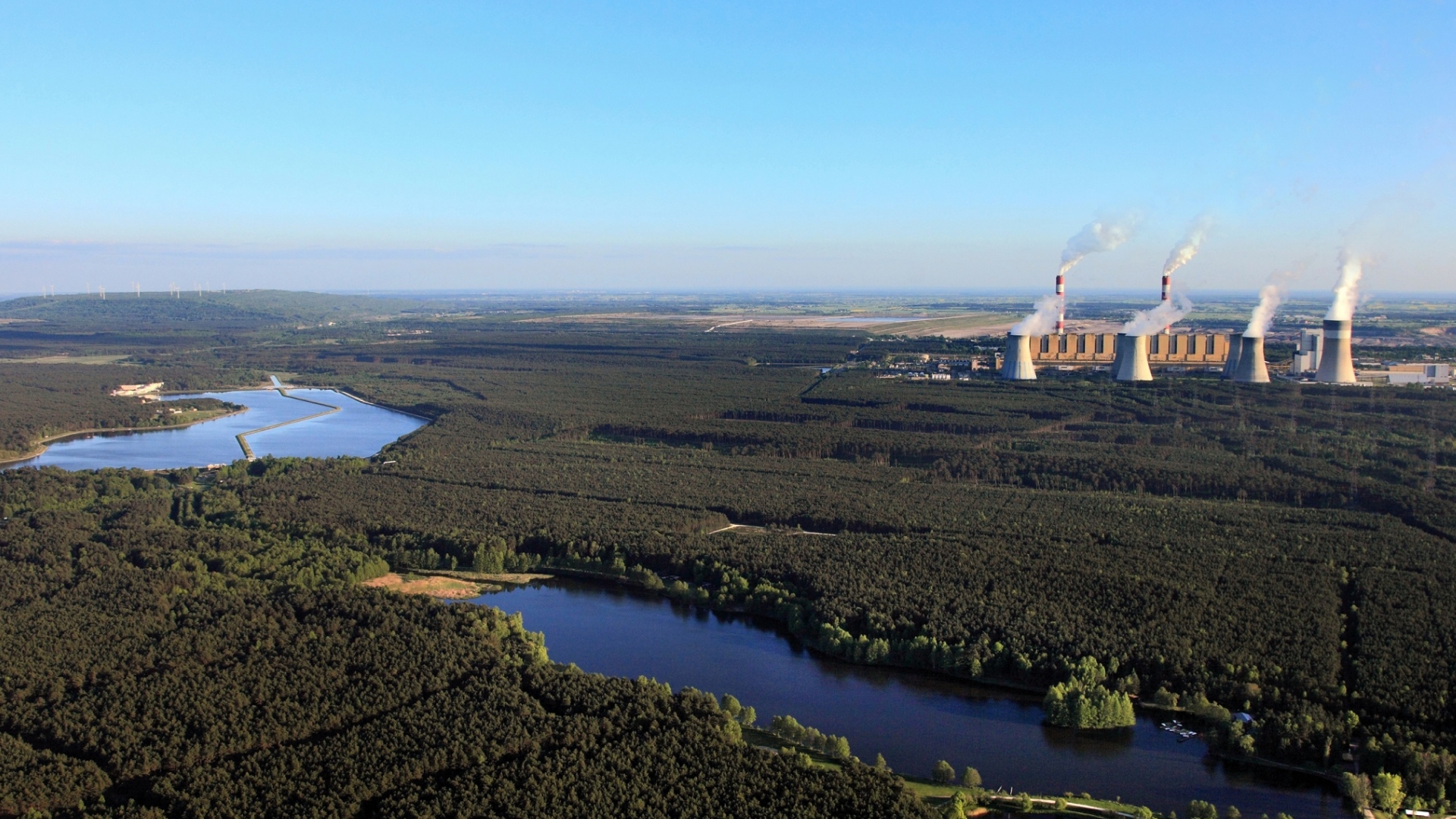


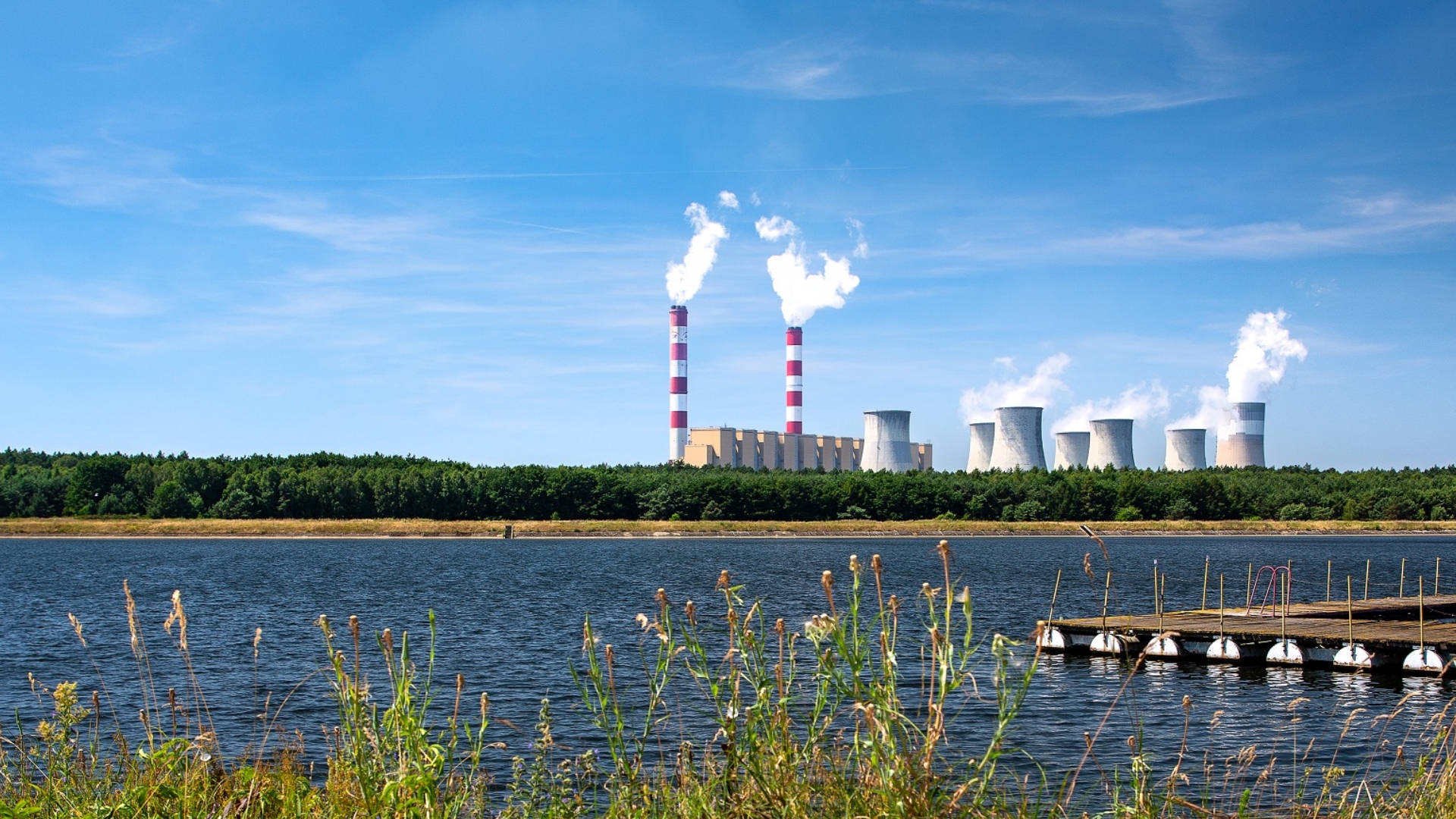
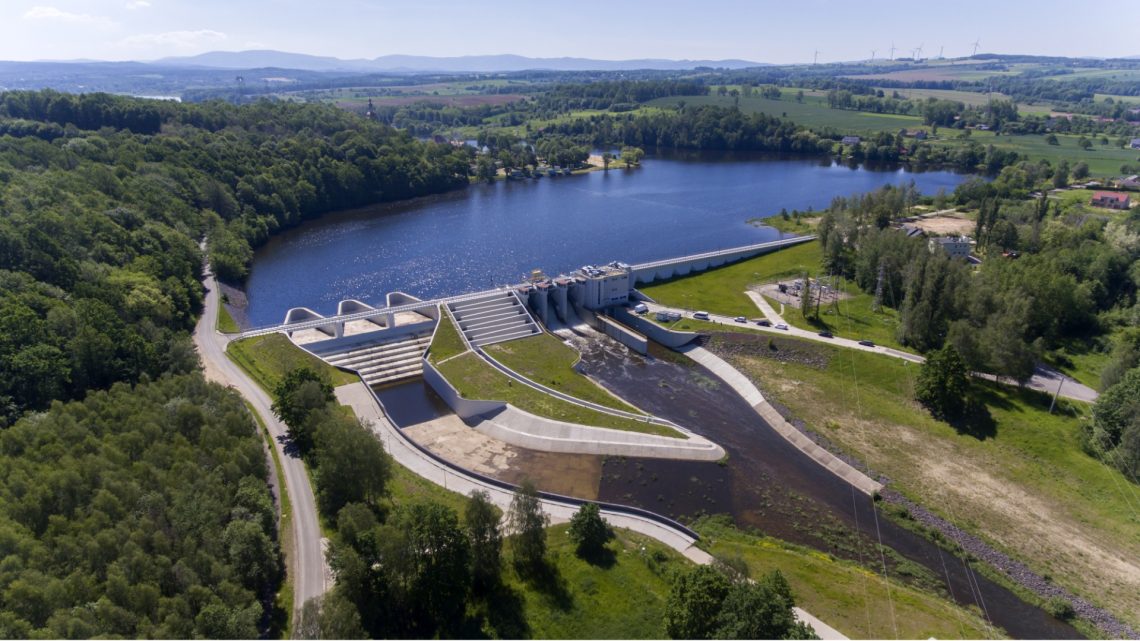
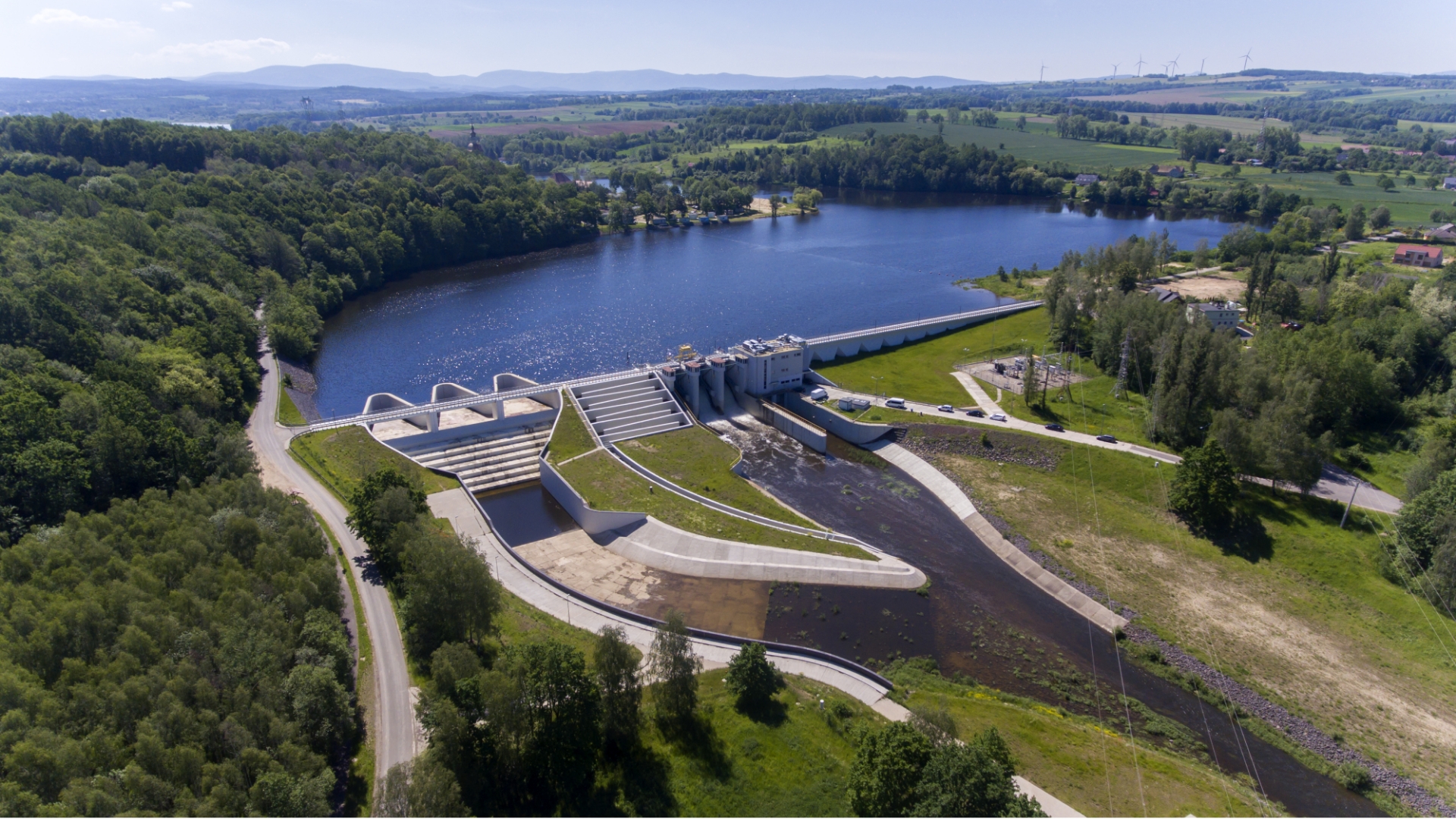

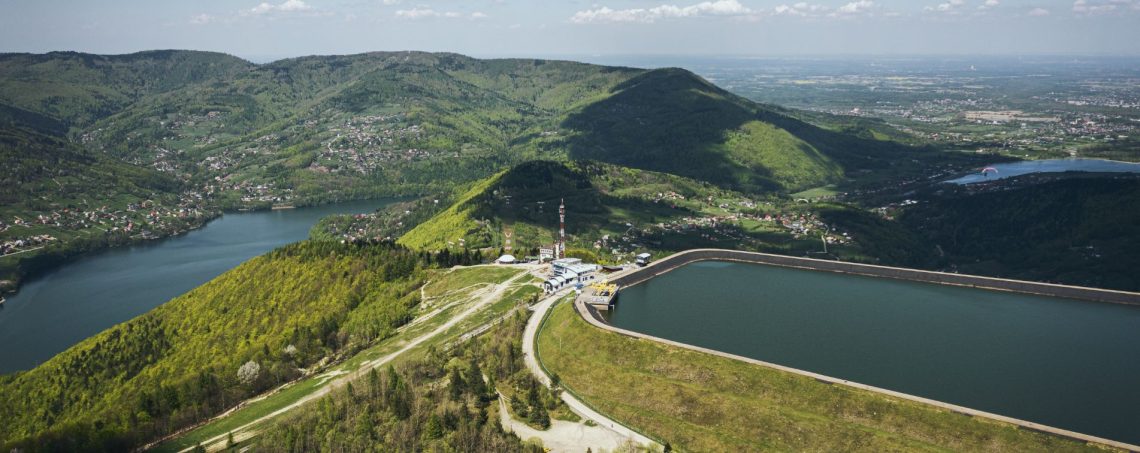

 In July 2022, PGE Group took part in the voluntary CDP survey for the second time, improving its grade from D to C for questions related to climate change and consolidating its position at C, for water management.
In July 2022, PGE Group took part in the voluntary CDP survey for the second time, improving its grade from D to C for questions related to climate change and consolidating its position at C, for water management.